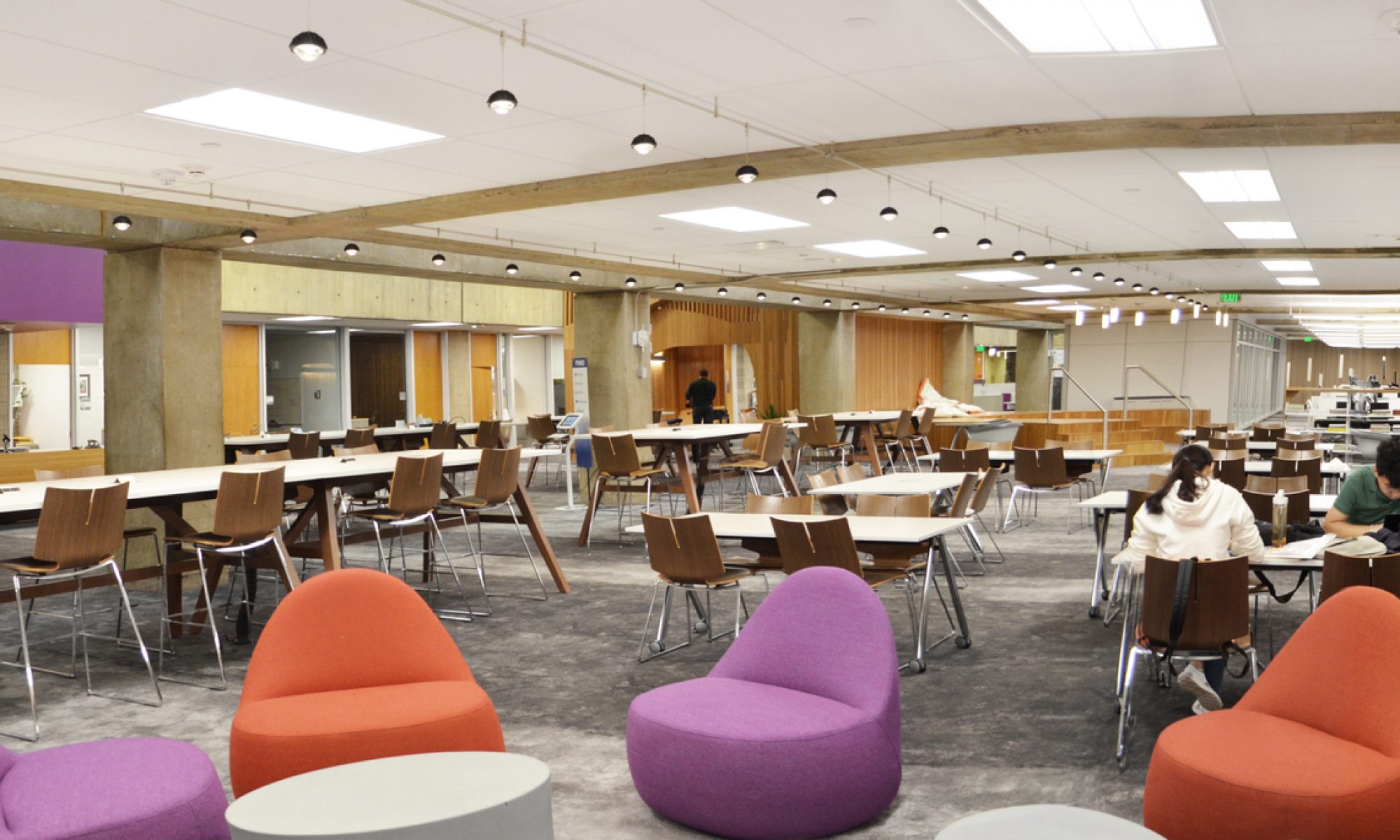This week I spent all my time on getting the capacitive sensor working. The first part of the week was spent experimenting with the Arduino Pro Mini and soldering on header pins. I also did research on how the Capacitive Sensor Arduino library works and how to use it. We also struggled to find and bring aluminum foil to the lab but once we did were able to configure the hardware for the sensor. We first tested the sensor with a small piece of foil and different resistor values. We first tried 10MΩ but then upped it to 30MΩ which worked better. We also used a 100pF capacitor to smooth out any noise which worked well.
After getting the small piece of foil to pick up a human hand we wanted to try using foil underneath a chair. We used a chair from the common space outside the lab and taped some aluminum foil to the bottom of the chair. A wire was run from the foil to the Arduino. We used the same setup with 30MΩ resistance and 100pF capacitance which worked very well. The capacitance that the library output with this setup resulted in the capacitance at least doubling when someone sat in the chair. This large difference was detected by the foil underneath the chair. We were very pleased with the performance and the solution since we can hide the aluminum foil underneath chairs without the user even noticing.
A video of the sensor working can be seen here: https://18500f21.slack.com/files/U02B5N4M0AH/F02KFNDMF9Q/image_from_ios.mov
I think my progress is on track after getting the sensor to work. I will work on the Arduino code a bit more to start building a module that will continually detect changes in occupancy and using some sort of hysteresis method to stop changes from being reported when they shouldn’t be.
This next week I plan to work on the Xbee configuration to get Zigbee communication working. This will entail wiring the hardware together and using XCTU to program the Xbee modules. I hope to get Xbee communication working on the Arduino side by the end of the week and hopefully get communication with the Raspberry Pi functional.
